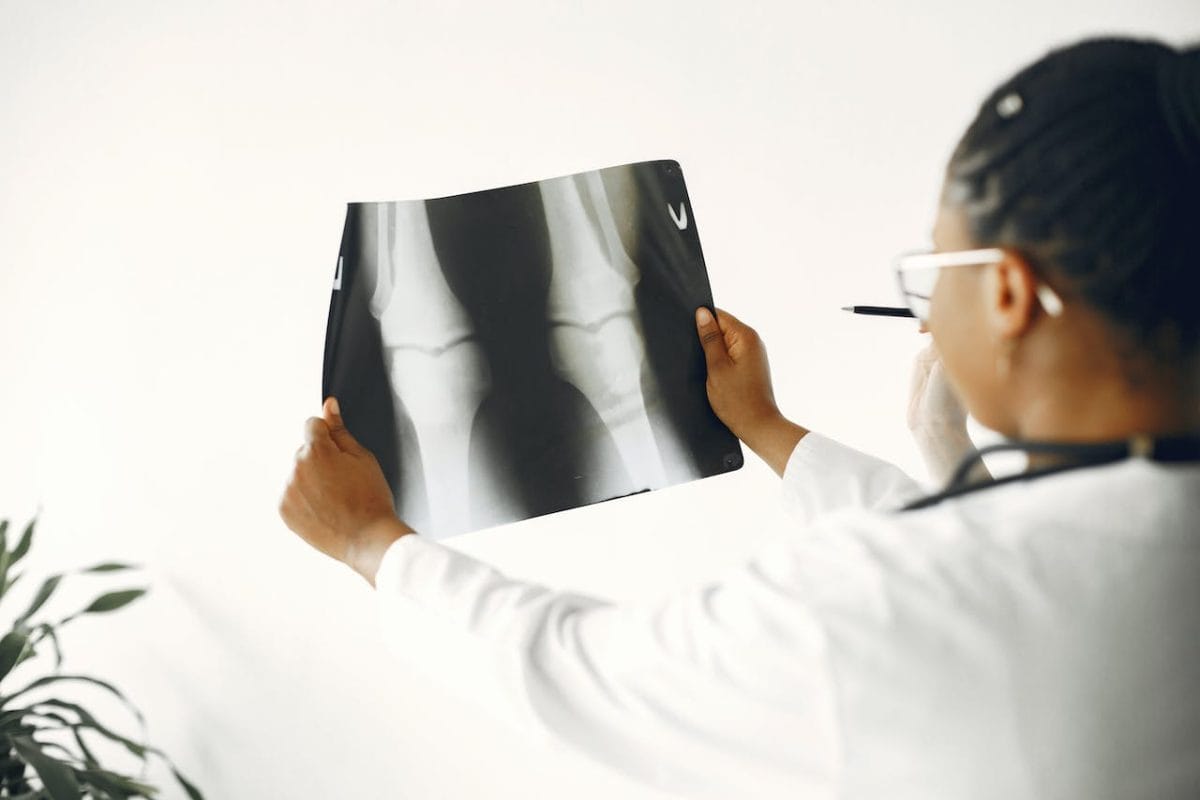Orthopedic patient care has been transformative, especially in the last few decades. Advances in technology have expanded the horizons of what’s medically possible and significantly improved patient outcomes and the efficiency of treatments. As we delve into the role of technology in orthopedic care, it’s essential to understand how these innovations have revolutionized treatment methodologies, patient experiences, and overall healthcare delivery in this specialized field.
Orthopedic care, primarily concerned with correcting or preventing disorders, injuries, and diseases of the musculoskeletal system, has always been a field ripe for technological innovations. From diagnostic tools to surgical procedures and post-operative care, technology’s touch is evident at every step. The integration of cutting-edge technology in orthopedic care exemplifies the advancement of medical science. It highlights a future where technology and healthcare continue evolving for better patient care. Centers like Knoxville Orthopedic Clinic are at the forefront of employing these technological advancements, ensuring top-notch patient care and treatment.
Embracing Technological Innovations in Orthopedics
Digital Imaging and Diagnostic Tools
Digital imaging technology, such as MRI and CT scans, has become indispensable in orthopedics. High-resolution images allow for more accurate diagnoses, enabling orthopedic surgeons to plan surgeries with a level of precision that was previously unattainable. Furthermore, advanced software algorithms have improved the analysis of these images, providing clearer insights into complex orthopedic conditions.
3D modeling and printing technologies have taken this precision a step further. Surgeons can now create exact replicas of a patient’s bones or joints for preoperative planning. This approach is particularly beneficial in complex cases where conventional imaging techniques fall short. It allows a better understanding of the patient’s unique anatomy, leading to customized surgical approaches and implant fittings. Additionally, using augmented reality (AR) overlays during surgery based on these 3D models guides surgeons in real time, ensuring even greater accuracy.
Robotic-Assisted Surgery
Another significant advancement is robotic-assisted surgery. These systems provide surgeons with enhanced visibility, precision, and control during procedures. By combining the surgeon’s expertise with robotic accuracy, procedures such as joint replacements have seen improved alignment and placement, leading to better patient outcomes and shorter recovery times.
The precision of robotic systems minimizes the risk of errors, reduces trauma to surrounding tissues, and ensures more consistent results across different patients. Furthermore, data collected during robotic-assisted surgeries is invaluable for post-operative analysis and for training future surgeons. As this technology evolves, it is expected to become even more intuitive and integrated, allowing more complex procedures to be performed with robotic assistance.
Telematics and Remote Monitoring
The integration of telematics into orthopedic care enables continuous monitoring of patient progress, even from a distance. Wearable devices track movement, healing, and rehabilitation, ensuring that patients follow post-operative guidelines. This form of remote monitoring is crucial, especially in the early stages of recovery, and can significantly reduce the risk of complications. These devices can monitor various parameters such as range of motion and force exerted and even predict potential issues before they become serious.
Additionally, the data collected can be used to tailor rehabilitation programs to each patient’s specific needs, enhancing recovery efficiency. Telematics also facilitates better communication between patients and healthcare providers, allowing for timely interventions and adjustments in treatment plans. In the long term, this technology could lead to a paradigm shift in delivering post-operative care, making it more personalized and responsive.
Enhanced Patient Experience and Recovery
Customized Patient Care
Technological advancements have led to more personalized patient care. Custom-made implants and prostheses, designed using patient-specific anatomical data, ensure better compatibility and comfort. In cases like knee or hip replacements, personalized fittings have significantly improved patient mobility and quality of life post-surgery.
Virtual Reality and Rehabilitation
Virtual Reality (VR) has found a unique place in orthopedic rehabilitation. VR-based therapy sessions provide interactive and engaging environments for patients, making physical therapy more enjoyable. This technological approach not only aids in physical rehabilitation but also positively impacts the patient’s mental and emotional well-being.
Minimally Invasive Techniques
Minimally invasive surgical techniques, made possible by technological advancements, have drastically reduced recovery times and post-operative discomfort. These techniques, involving smaller incisions and less tissue disruption, allow patients to return to their normal activities much quicker than traditional surgery methods.
Conclusion
The fusion of technology and orthopedic care is a testament to the ever-evolving nature of medical science. As we witness more innovations, such as AI-driven diagnostics, enhanced biomaterials for implants, and even more sophisticated robotic systems, the potential for improving patient care in orthopedics is boundless. This synergy promises better surgical outcomes and patient experiences. It paves the way for technology-driven healthcare solutions to become the norm, ensuring healthier, more active lives for patients globally.
